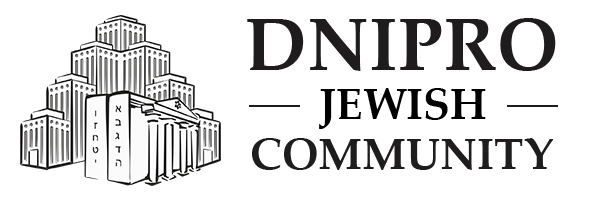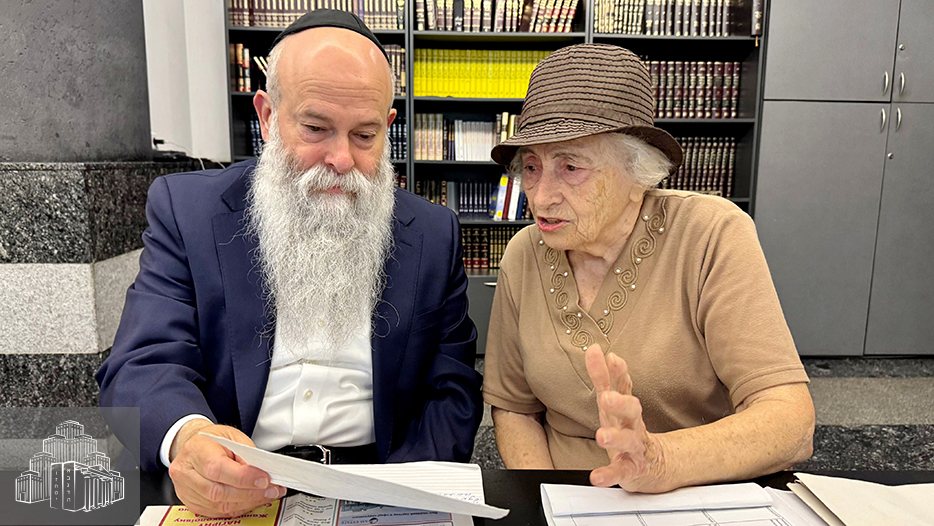The Chief Rabbi of Dnipro and the region, Shmuel Kaminezki, provides full support and care for veterans of World War II. He regularly meets with Zoya Petrovna Romanets, the Executive Secretary of the Jewish Veterans’ Council, and treats this matter with great attention. A recent meeting once again gave Rabbi Kaminezki the opportunity to thank Zoya Petrovna for everything she does to support veterans, former ghetto and concentration camp prisoners, and widows of veterans. He emphasized that this is important and noble work, which deserves recognition from the Jewish community.
For over twenty years, Zoya Petrovna Romanets has served as Executive Secretary of the Jewish Veterans’ Council of Dnipro — an informal community group that emerged within “Hesed Menachem” and united Jews who participated in WWII. Zoya Petrovna regularly reports to the Chief Rabbi of Dnipro about the current state of the organization and the actions she takes to sustain it.
Back in 1996, when the idea of the Council of Jewish Veterans first emerged within the Dnipro branch of Hesed (then known as “Shaarei Hesed”, later renamed “Hesed Menachem”), it included over a thousand members — veterans and WWII participants. Sadly, over the nearly three decades since, their numbers have steadily declined. After the passing of the Council’s last chairman, the legendary Colonel Solomon Kiselevich Flaks, on Chanukah in 2018, the Council’s public activities essentially ceased, with only charitable support remaining for the few participants. Still, Zoya Petrovna Romanets has continued her role as a volunteer and activist, doing everything within her power.
Recently she celebrated her 88th birthday, and despite her age and health challenges, she remains actively in touch with the few remaining program participants and keeps the leadership of the Dnipro Jewish community informed.
As of now, “Hesed Menachem” lists only one person under the status of “combat participant,” three people in the category of “former child prisoners of ghettos and camps,” and only 16 widows of WWII veterans — once the most numerous group. They continue to receive all appropriate assistance and holiday greetings, but due to health conditions, they are no longer able to actively attend events, as most are either mobility-impaired or bedridden. Despite all efforts, the passing of this generation is inevitable.




